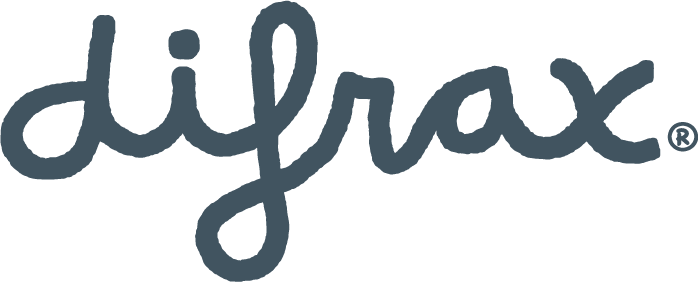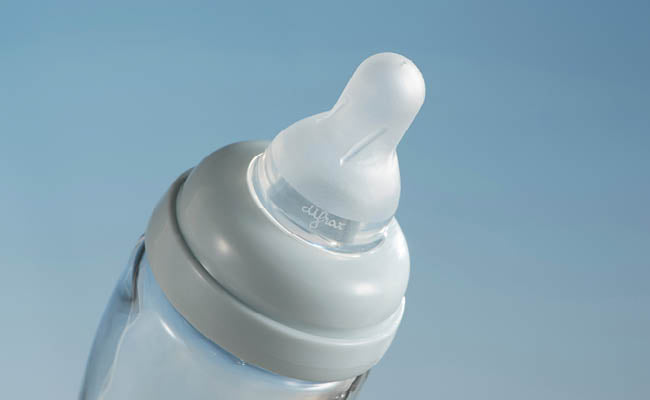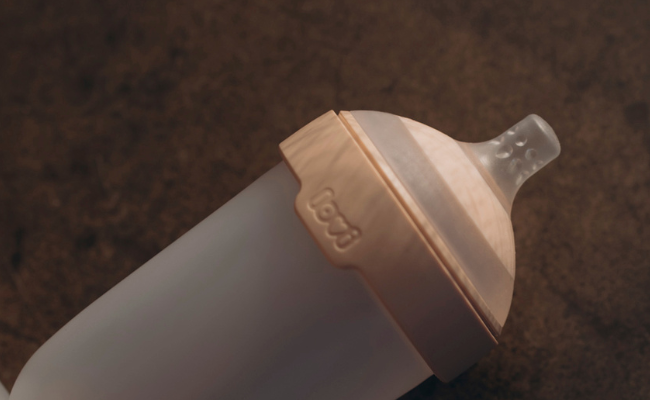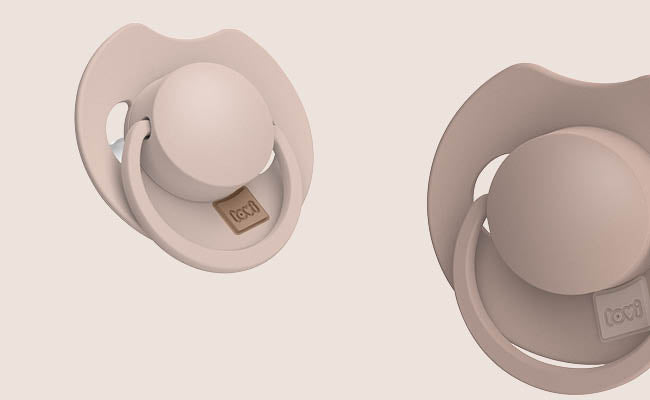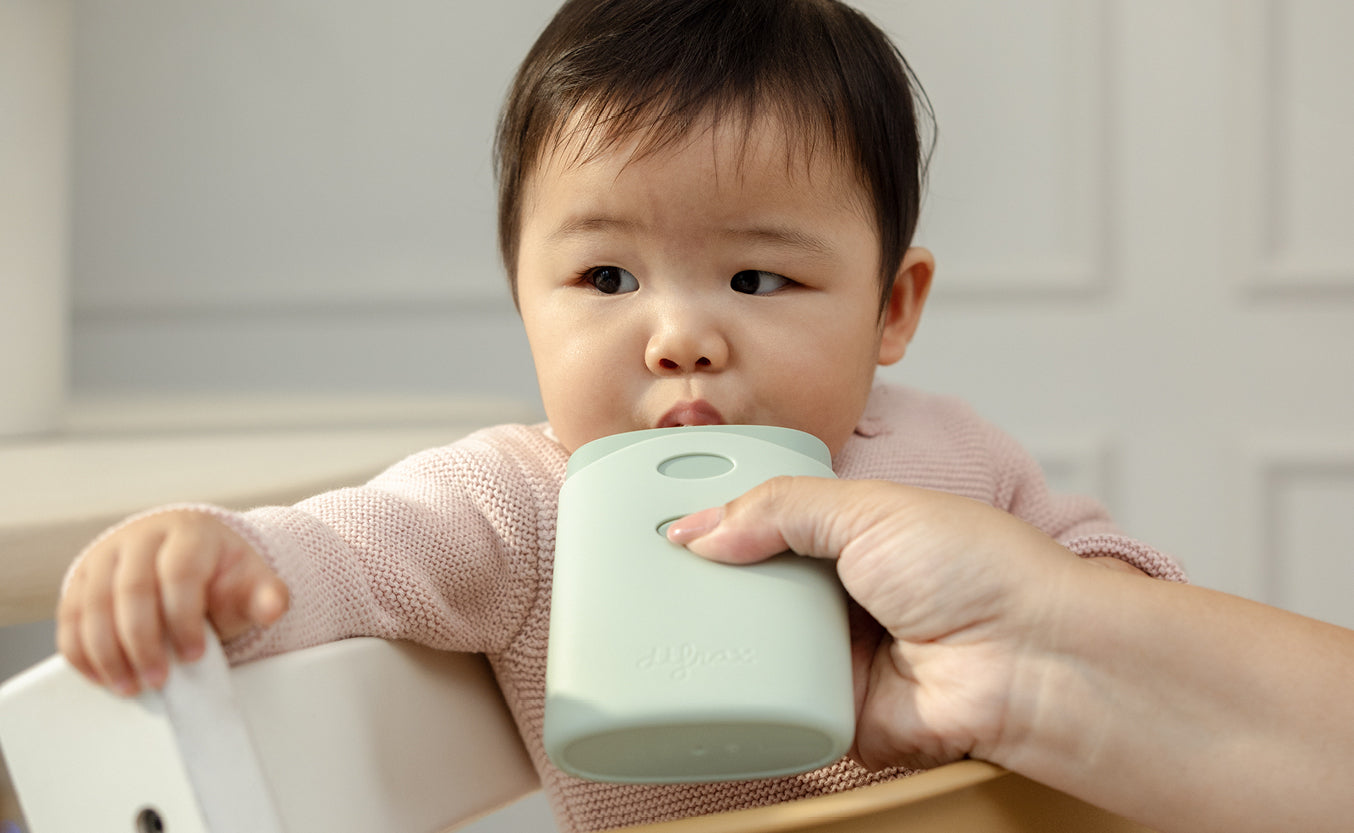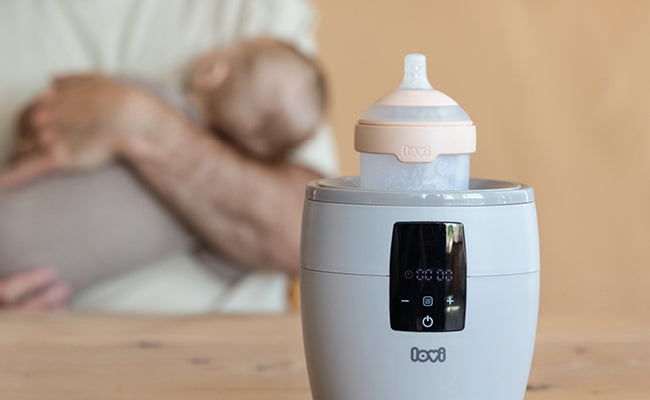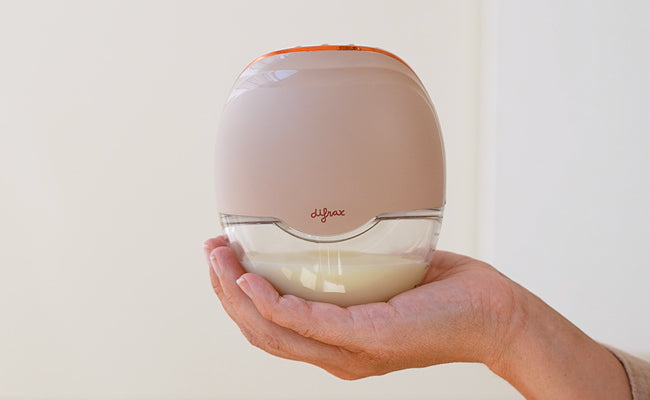
Hands-free Breast Pump: Optimal freedom and support for the breastfeeding mother
Did you know that you can use a pump at different times during the breastfeeding period? A breast pump is a perfect tool for breastfeeding over longer periods when you as a mother cannot be physically present with your baby. For example, if you have to go back to work. In this blog, we will help you find out how a pump can support you and what you need to know before purchasing one.

Expressing in the early stages of the breastfeeding period
When you start breastfeeding, it is quite normal that you have to practice with your baby. Fortunately you can get help from a maternity nurse or a lactation consultant for example. If breastfeeding is not proving to be easy, there is a good chance that the professional will advise you to (temporarily) express extra milk. Expressing milk helps to get breastfeeding going if your baby is not sucking well or for long enough. A breast pump is a great tool to give you a good start.
Occasional expressing
Many mothers find it comforting to breastfeed their babies. There will be times when you cannot be physically present with your child. During these times, expressing milk is an ideal solution. By expressing milk you maintain your breastfeeding level and your baby can drink the milk at a later time. Even if your baby is ill or going through a growth spurt and therefore wants to drink less, a pump can help maintain breastfeeding.
Expressing milk partially or fully
Most mothers return to work after maternity leave, or they have other commitments that mean they are no longer home for all feeding times. Using a breast pump makes it possible to continue breastfeeding. This can be partially or completely. For example, many mothers breastfeed directly when they are at home and only offer expressed milk through a baby bottle when they are not with their baby. If you decide to stop breastfeeding completely, you will need to fully switch to a baby bottle. In some cases your baby decides this him/herself after showing a strong preference for a bottle.

Which pump should I use?
A breast pump can be useful in various situations. But which pump should you choose? There are several types of breast pump on the market. For example, you have manual pumps, electric pumps, double pumps, pumps that have a bottle attached to them, and pumps that can be worn in a bra. Which pump is most suitable for you depends on your situation and personal preference.
Difrax Hands-free Breast Pump, how does it work?
The Difrax breast pump is actually an all-rounder. The pump can be used for all of the above mentioned situations in which a pump is desirable.
The breast pump is a 2-phase pump with a wide choice of settings and suction power. This makes the pump ideal for helping to first initiate breastfeeding, as well as for full-time or occasional use. The slim, compact design means the Difrax pump can be worn discreetly in a bra. This gives you freedom of movement in many different situations. For example, you can easily keep your baby with you while expressing. This can be very useful, especially in the beginning. Or you can pay attention to a brother or sister, watch your favourite TV series, or continue with your work.
If you want to express one breast at a time, 1 pump is sufficient. But if you prefer, you can easily express from both breasts using 2 pumps.

Features of the Difrax Hands-free Breast Pump
- Extra light and slim design, perfect for wearing inside a bra
- Freedom of movement while pumping, wherever you are
- Each mode has 8 levels of adjustment
- No taste or odour, and it’s allergy free
- The set includes an inner shell (24 mm) and 3 additional insert sizes (17, 19 and 21 mm)
- Rechargeable via USB-C cable

The Hands-free Breast Pump is discreet and quiet – no more than 50 decibels in the most intense mode. The milk reservoir has a measuring indicator (max 120 ml) to keep track of how much milk you are expressing. The special opening in the collection container makes it easy to pour off the expressed milk. The drip tray can be opened for thorough cleaning, ensuring extra hygiene.
The breast pump is easy to operate, while the display shows the current mode, level and battery charge level. And the pump remembers the last used settings, which always comes in handy.
Storing breast milk
The expressed breast milk is easy to store in the refrigerator or freezer if you have a breast milk storage bag or a storage container.

Leaking breasts, what now?
When breastfeeding, it is normal to have some milk leakage. Even if you are not breastfeeding, you may still experience some milk leakage in the beginning. To solve this problem, Difrax has very discreet nursing pads.
Difrax nursing pads are:
- Ultra dry, up to 100 ml absorption
- Invisible under clothing, just 1 mm thick
- Extra breathable

Nipple shields
In some cases when starting breastfeeding, it is advisable to temporarily use a nipple shield. This is usually under the guidance of a professional when there are signs they may be required. Difrax has solutions for these situations ultra thin nipple shields that provide extra comfort during feeding.
Almost every breastfeeding mother will have to deal with a baby bottle sooner or later. Parents are advised to practice bottle feeding after 6 weeks. This is to prevent your baby from refusing the bottle. Would you like to know more about how to combine breastfeeding with bottle feeding? Then read the answers to frequently asked questions from mothers in this blog.
